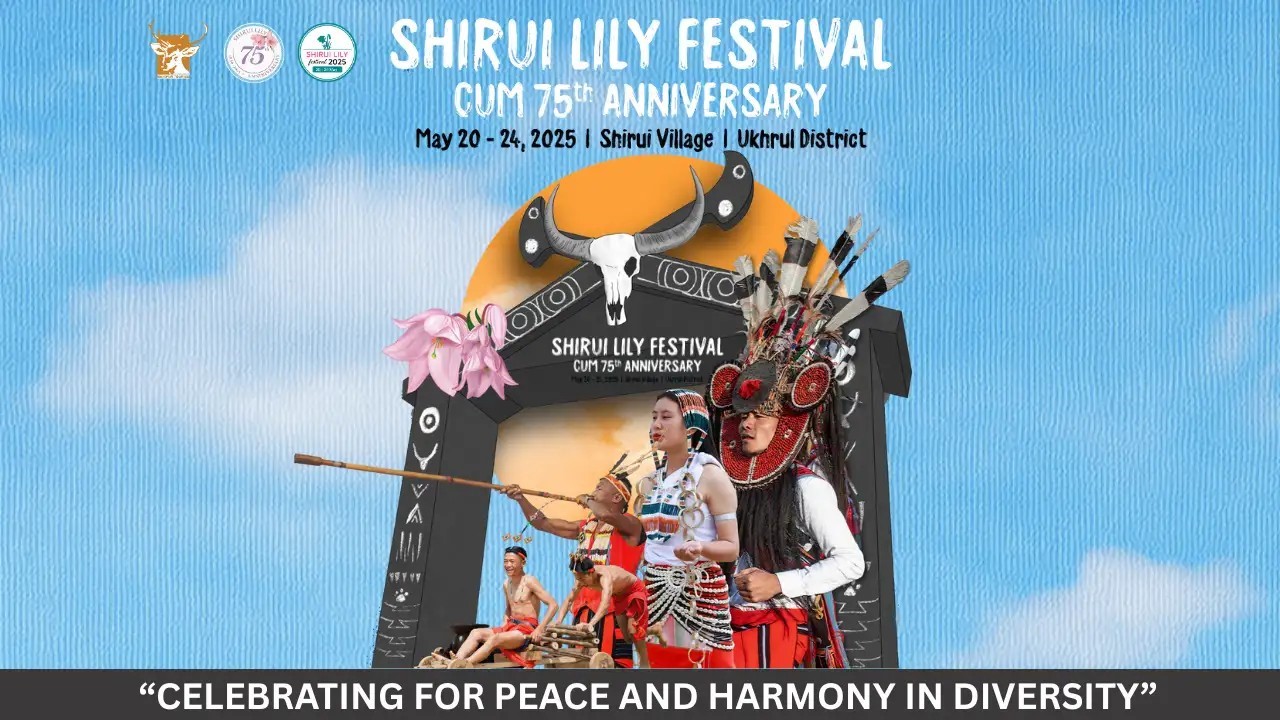Shirui Lily Festival Returns Amid Fragile Peace
Shirui Lily Festival Returns Amid Fragile Peace
Why in the News ?
After a two-year break due to ethnic conflict between Meitei and Kuki-Zo communities, the Shirui Lily Festival has resumed in Ukhrul, Manipur. This marks the first major tourism event in the state since violence erupted in May 2023, showcasing the resilience of local communities and the potential for cultural events to promote healing and unity. The festival’s return is significant national news of India, highlighting efforts to restore normalcy in the region and is being widely reported through public app news platforms.
Ecological Significance of the Shirui Lily
- Found only in the Shirui Hill range of Ukhrul.
- Known locally as Kashong Timrawon, linked to local mythology.
- Identified by botanist Frank Kingdon-Ward in 1946, named after his wife Jean Macklin.
- Listed as endangered due to climate change, human encroachment, and habitat degradation.
- Dense bamboo species and resource exploitation threaten its survival.
- Context of Ongoing Conflict in Manipur
- Manipur remains under President’s Rule, with no major violence since November 2023.
- Tensions persist as the festival is held in neutral Naga territory.
- Attendees from Meitei-majority valley must travel through Kuki-Zo settlements.
- Concerns over safety and stray threats remain, but police have assured protection for visitors.
About the Shirui Lily Festival : |
| ● Named after Shirui Lily (Lilium mackliniae), the state flower of Manipur. |
| ● Organised by the Manipur Tourism Department, it was first launched in 2017. |
| ● Held in Ukhrul district, home to the Tangkhul Naga community. |
| ● Promotes eco-tourism, cultural preservation, and awareness about the endangered flower. |
| ● Features include cultural performances, music concerts, beauty pageants, marathons, and cooking competitions. |
| ● The 2024 edition is scheduled from May 20 to May 25. |
- The return of the Shirui Lily Festival represents a positive step towards normalcy and could serve as a model for using cultural events to promote peace and understanding in conflict-affected regions. Such initiatives align with broader public health goals by fostering community well-being and social cohesion. The festival’s organization demonstrates effective use of digital technologies, potentially incorporating elements of Public Key Infrastructure for secure ticketing and information dissemination, similar to the Trust Network Gateway used in health data systems.




